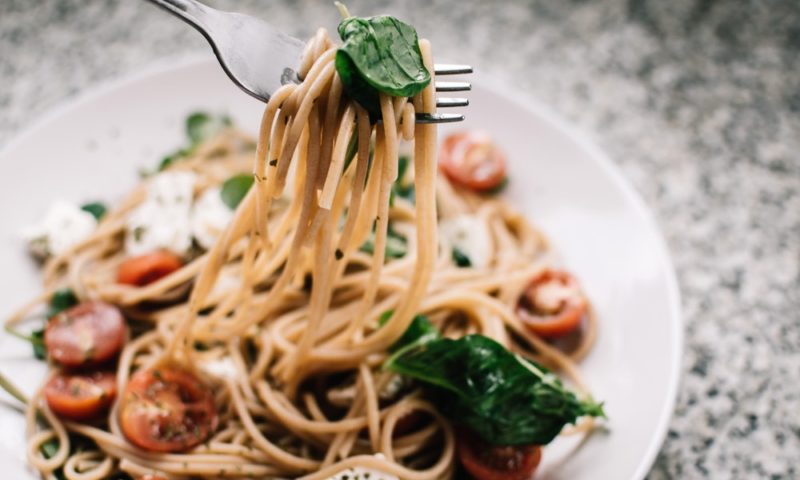Yummy…pasta! It’s a classic comfort food with tons of versatility that keeps us coming back again and again. Spaghetti, fettuccine, lasagna, tortellini… you name it. And with plenty of different “sauce” options and components such as meats, cheeses, and veggies, pasta is truly a cultural icon that makes it a quick, tasty and enjoyable dish for all ages and food preferences.
Why Does Pasta Have Such a Bad Reputation?
Despite its phenomenal diversity, health gurus and dieters alike often shun pasta as if it’s committed some unspeakable, unforgivable crime. Why so?
- Most People Prefer Refined Pasta, or that which is stripped of many original nutrients. Refined pasta is higher in calories, lower in fiber, and doesn’t provide the same “filling” effect as its whole wheat counterparts.
- Pasta is High in Carbs, which are quickly broken down into glucose in the bloodstream. Many people associate carbs with weight gain.
- Pasta Dishes are Often Heavy, as they’re commonly eaten with lots of sugary sauce, meats and high-fat dairy products like cheeses or cream.
As Western diet trends have shifted toward low-carb lifestyles, pasta is typically one of our first beloved dishes to take a hike! But does this mean it’s an absolute “No – Never!” if we’re trying to lose weight and keep it off? Well, maybe not.
Pasta Doesn’t Have to Go
One of the most common (and detrimental) pitfalls dieters face is all-or-nothing thinking. This mental filter easily gets us believing that if we want to lose weight, we have to cut out all the bad stuff for good – namely carbs and sugary sweets.
But, like most dishes, pasta can be modified to fit any lifestyle or dietary preferences to help you reach your health goals without giving up your favorite dishes. Try these tips to bring back pasta night while still working toward your weight-loss goals:
Opt for Whole Grain Noodles
Whole grains are higher in fiber, vitamins and minerals than refined grains, and they’re generally associated with a lower risk for heart disease and diabetes. They’re also typically lower in calories and have a satiating effect, perhaps helping you eat less.
Watch Your Portion Sizes
It’s easy to overdo it on yummy pasta and load up your plate, but a typical serving size is only 1 – 1.5 cups for women and 1.5 – 2 cups for men.
Choose Lean Proteins and Lots of Veggies
Instead of beef or pork in your pasta, try ground turkey or chicken. Leaner proteins are lower in fat, cost-effective and still tasty – and they make great pasta additives! What’s next? Add in your favorite veggies like broccoli, asparagus, mushrooms or olives. Veggies often take on the flavor of their dishes and ramp-up the texture.
Nix the Heavy Cream
Other ingredients besides whipping cream can give you that smooth, fluffy flavor in your pasta. Try healthy swaps like plain Greek yogurt or ricotta cheese for the same effect.
Everything in Moderation
Remember that all foods can fit – even your standard, soulful pasta nights! Restricting your beloved foods altogether, or modifying them beyond recognition, can sometimes have the side effect of leading you into temptation. Moderation may just be your key to sustained success!






